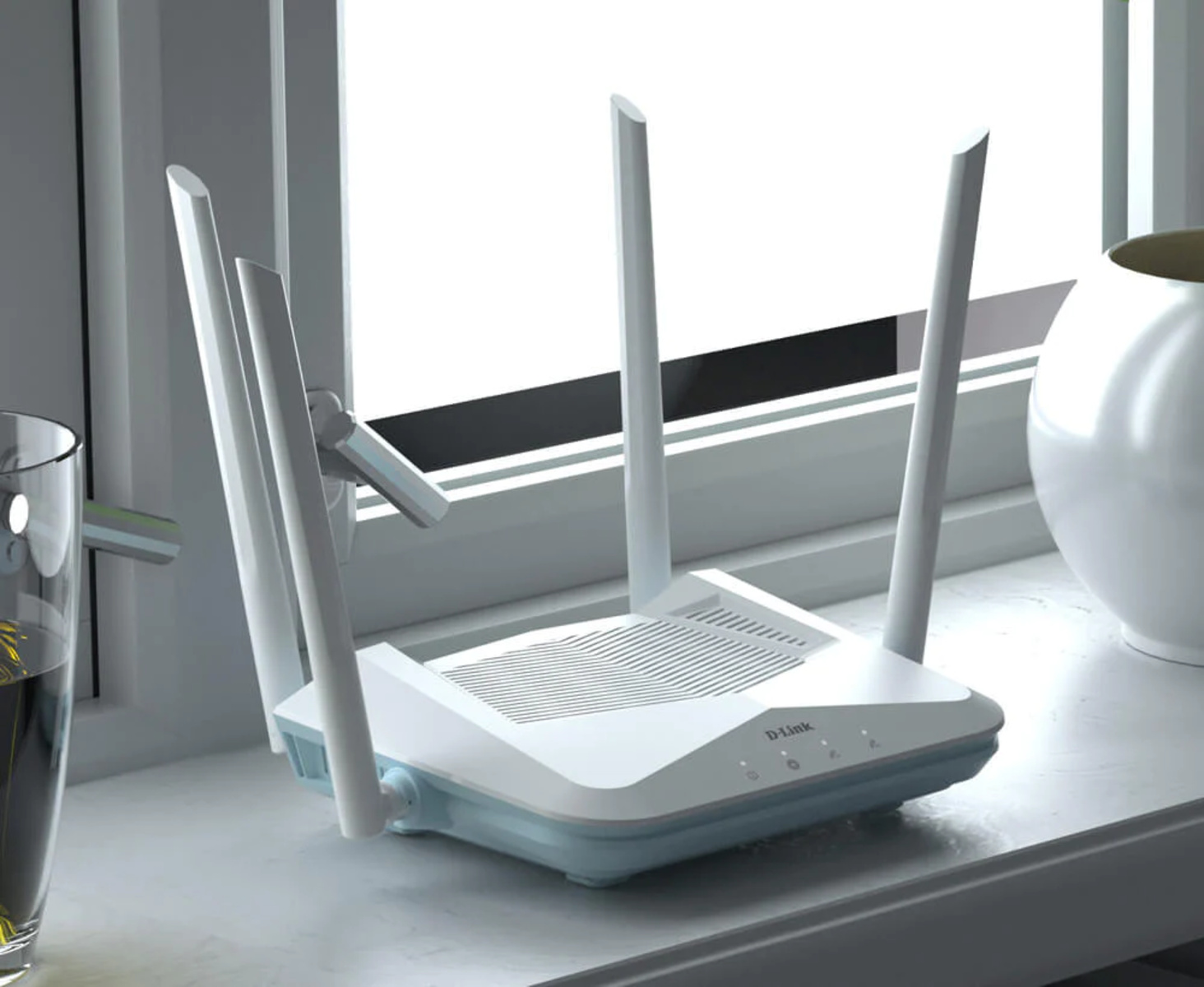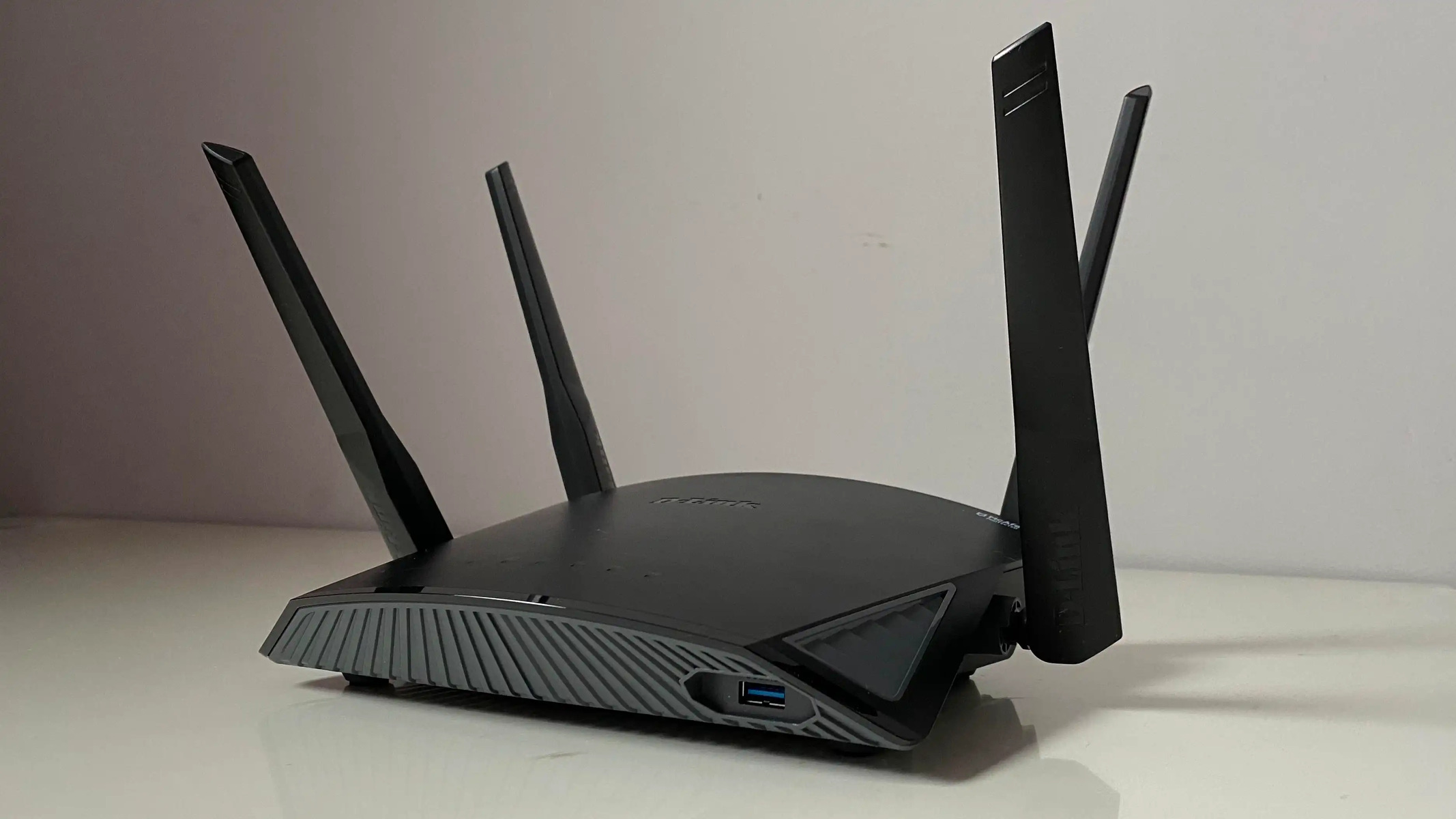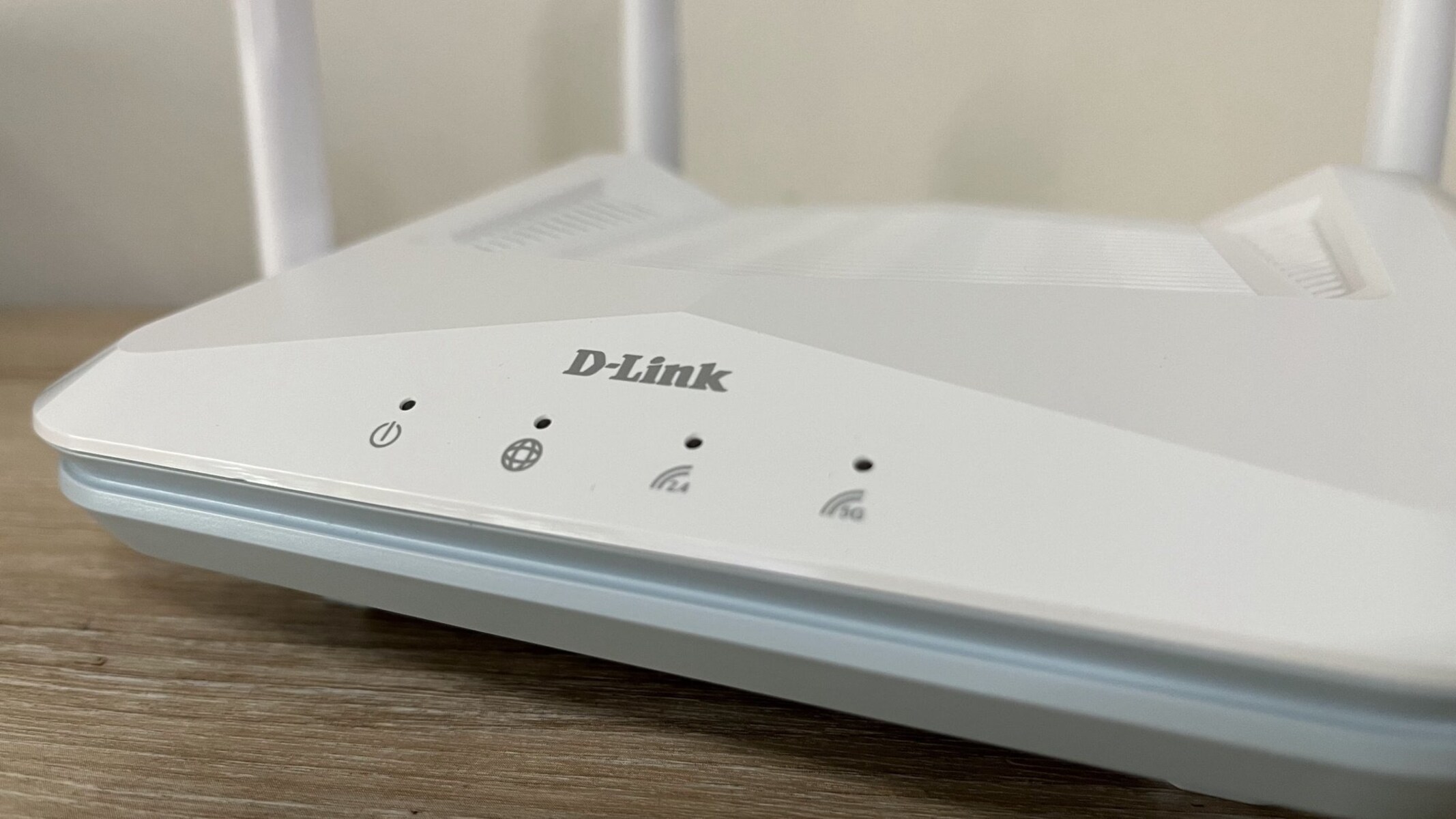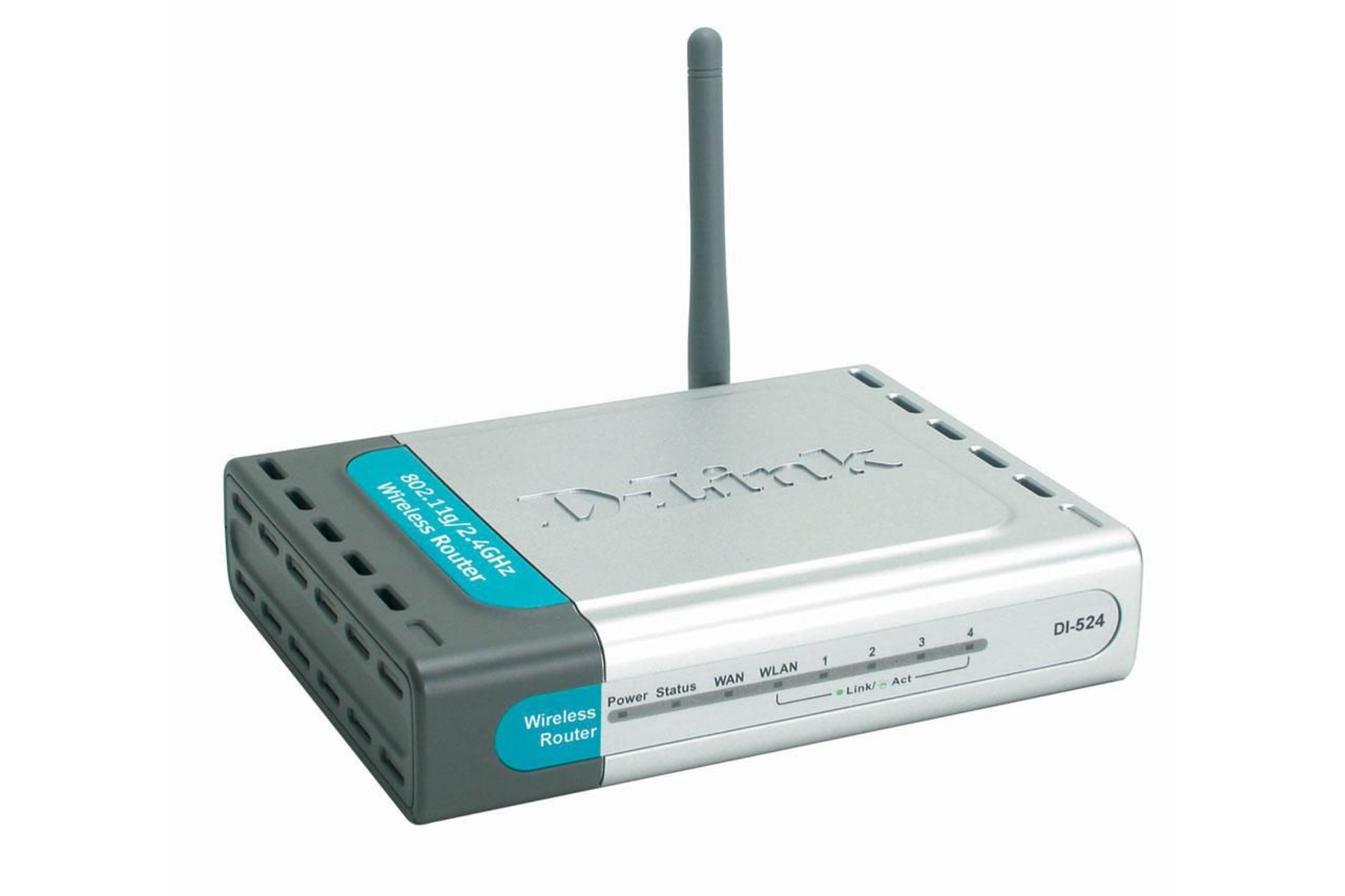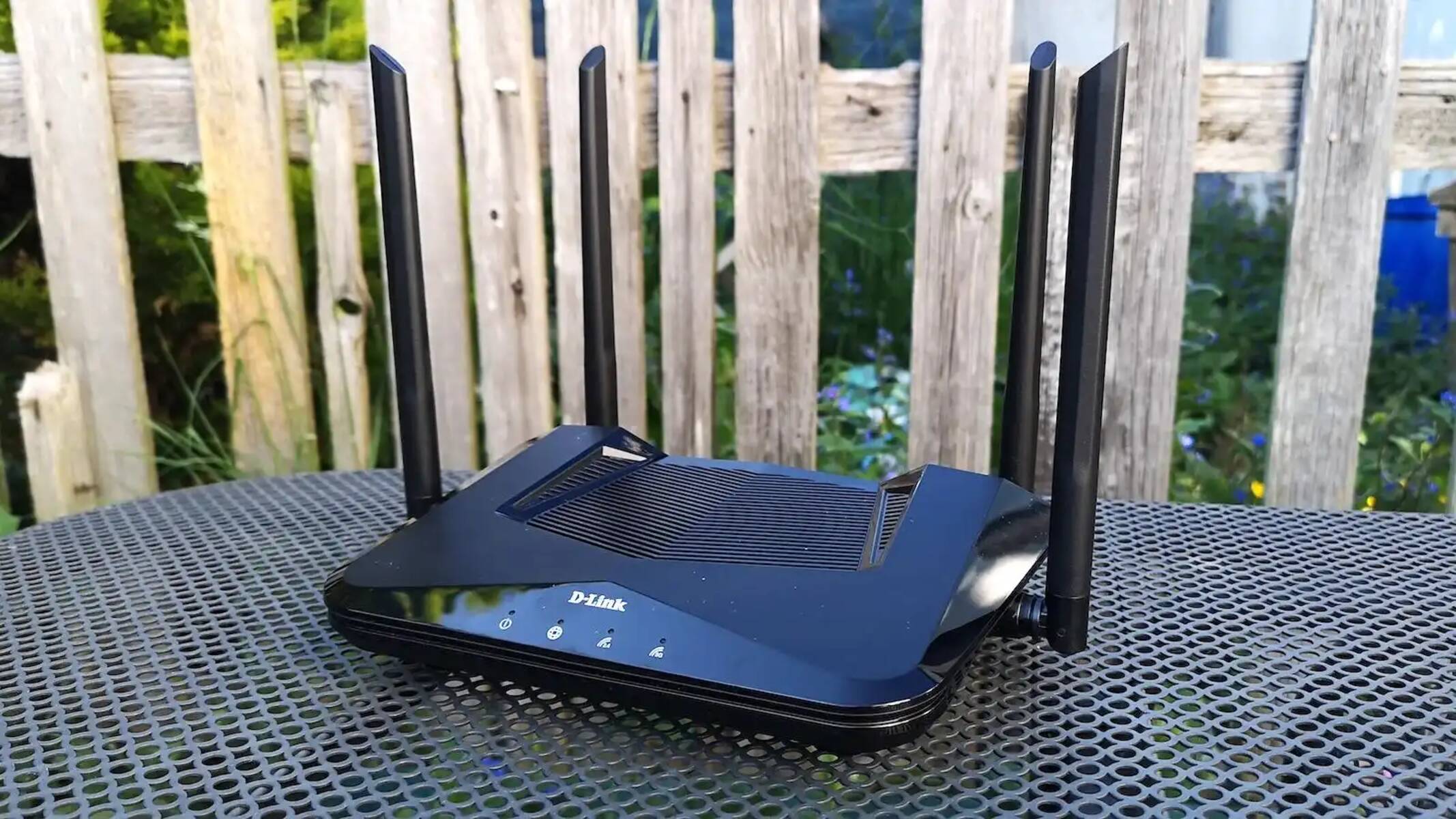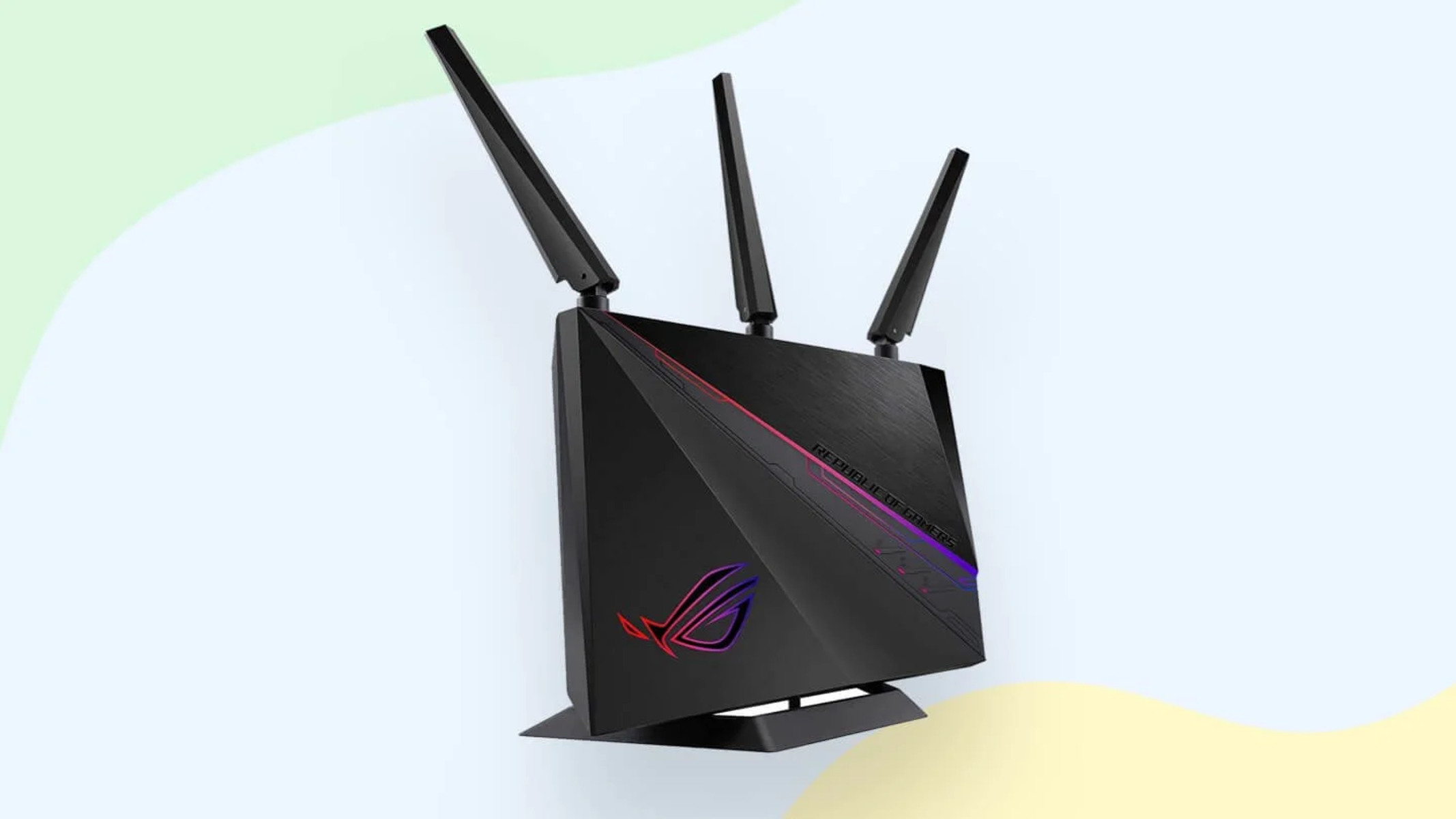Introduction
The Dlink wireless router is a popular device that allows users to connect to the internet wirelessly. However, like any electronic device, it may encounter issues that can disrupt your browsing experience. Whether you are experiencing slow internet speeds, connection drops, or connectivity issues, it can be frustrating and negatively impact your productivity.
Fortunately, many common issues with Dlink wireless routers can be easily resolved with a few simple troubleshooting steps. In this guide, we will walk you through various methods to fix your Dlink wireless router and get it back to optimal performance.
Before we dive into the solutions, it is important to understand that different problems may require different approaches. It’s essential to diagnose the issue accurately to apply the appropriate troubleshooting steps. It’s also worth mentioning that while these solutions work for most cases, there may be situations where professional help is required.
In this article, we will cover some of the common problems faced by Dlink wireless router users and provide step-by-step solutions to fix them. We will explain how to reboot the router, reset it to factory settings, update the firmware, check wireless settings, troubleshoot network connectivity, reset the router password, and configure advanced settings.
So, if you are tired of dealing with internet connectivity problems or other issues with your Dlink wireless router, read on to discover the solutions to get your router back in top shape. With a little bit of troubleshooting know-how, you can quickly and easily resolve most problems and enjoy a seamless internet experience.
Step 1: Understanding the Problem
The first important step in fixing any issue with your Dlink wireless router is to understand the problem at hand. By identifying the specific issue, you can determine the most appropriate solution. Here are some common problems you might encounter with your Dlink wireless router:
- Slow internet speeds: If you are experiencing sluggish internet speeds, it could be due to various factors such as network congestion, interference, or outdated firmware.
- Intermittent connection drops: If your internet connection keeps dropping, it can be frustrating and disrupt your online activities. This issue is often caused by signal interference, outdated firmware, or configuration problems.
- No wireless signal: If you are unable to detect the wireless signal from your Dlink router, there could be issues with the router settings, antenna problems, or hardware malfunctions.
- Wrong network settings: Sometimes, incorrect network settings can lead to connectivity problems. This can include issues with IP addresses, subnet masks, or gateway settings.
- Router access issues: If you are unable to access the router’s web interface, it might be due to forgotten login credentials or incorrect IP address settings.
It’s important to carefully observe and note down the specific problem you are facing with your Dlink wireless router. Understanding the problem will help you narrow down the possible causes and find the most effective solution. Additionally, take note of any changes or events that coincided with the appearance of the issue. This information can be valuable in diagnosing the problem.
Next, we will move on to the troubleshooting steps to fix these common issues with your Dlink wireless router. By following the step-by-step instructions, you’ll be able to resolve the issues and restore your router’s functionality.
Step 2: Rebooting the Router
One of the simplest and most effective troubleshooting steps to fix various issues with your Dlink wireless router is to reboot it. Rebooting the router can help clear any temporary glitches or errors that may be causing connectivity problems. Here’s how you can do it:
- Locate the power cable connected to your Dlink router.
- Unplug the power cable from the router and wait for about 10 seconds.
- Plug the power cable back into the router.
- Wait for the router to power up and establish a connection. This typically takes a few minutes.
Once the router has fully rebooted, check if the issue you were experiencing has been resolved. In many cases, a simple reboot can fix minor connectivity problems and restore your router’s functionality.
It’s worth mentioning that apart from physically rebooting the router, you can also perform a soft reset using the router’s web interface. To do this, you will need to access the router settings through a web browser. Refer to the router’s user manual or the manufacturer’s website for specific instructions on how to perform a soft reset.
If rebooting the router didn’t resolve the issue, you can move on to the next troubleshooting step. In the following section, we will discuss how to reset your Dlink wireless router to its factory settings, which can help resolve more complex problems.
Step 3: Resetting the Router to Factory Settings
If rebooting the router did not resolve the issue with your Dlink wireless router, the next step is to perform a factory reset. Resetting the router to its factory settings can help resolve more complex problems and restore the router to its original configuration. However, keep in mind that a factory reset will erase all the customized settings and configurations you have made. Here’s how you can reset your Dlink router:
- Locate the reset button on your Dlink router. It is usually a small, recessed button that requires a paperclip or a similar tool to press.
- With the router powered on, press and hold the reset button for about 10-15 seconds.
- Release the reset button after the designated time, and wait for the router to reboot.
- Once the router has rebooted, it will be restored to its factory default settings.
After the factory reset, you will need to set up your Dlink router again from scratch. This involves connecting to the router’s wireless network and reconfiguring the settings like the network name (SSID) and password. Refer to the router’s user manual or the manufacturer’s website for detailed instructions on how to set up the router after a factory reset.
Performing a factory reset can help resolve many persistent issues with your Dlink wireless router. However, if the problem still persists after the reset, it may indicate a hardware malfunction or a more complex issue that requires further troubleshooting. In the next steps, we will explore additional solutions to fix common problems with Dlink wireless routers.
Step 4: Updating Firmware
Updating the firmware of your Dlink wireless router is an essential step to ensure optimal performance and fix various issues. Firmware is the software that runs on your router and controls its functionality. Manufacturers regularly release firmware updates to improve stability, security, and add new features. Updating the firmware can also fix bugs and compatibility issues that may be causing problems with your router. Here’s how you can update the firmware of your Dlink router:
- Visit the Dlink website or the support page specific to your router model.
- Search for the latest firmware version available for your router model.
- Download the firmware file to your computer.
- Access your router’s web interface by typing the router’s IP address into a web browser.
- Enter your router’s login credentials to access the settings page.
- Locate the firmware update section within the router’s settings.
- Click on the “Browse” or “Choose File” button to select the downloaded firmware file.
- Click on the “Update” or “Apply” button to begin the firmware update process.
- Wait for the firmware update to complete. Do not turn off or disconnect the router during the process.
- Once the update is finished, the router will reboot and apply the new firmware.
After the firmware update is completed, it is recommended to perform a reboot of the router. This ensures that the updated firmware is fully applied and the router functions properly. Check if the issue you were experiencing has been resolved after the firmware update.
It’s important to note that during the firmware update process, you must use a stable and uninterrupted internet connection. Interrupting the update or using an unstable connection can lead to firmware corruption or even permanent damage to the router.
Updating the firmware of your Dlink router can address many issues and improve performance. If the problem persists or if you encounter any difficulties during the update process, you may need to contact Dlink support for further assistance.
Step 5: Checking Wireless Settings
If you are experiencing wireless connectivity issues with your Dlink wireless router, it’s essential to inspect and verify the wireless settings. Incorrect settings can lead to connection drops, slow speeds, or difficulty in connecting to the wireless network. Here’s what you can do to check and adjust the wireless settings on your Dlink router:
- Access your Dlink router’s web interface by typing its IP address into a web browser.
- Enter your router’s login credentials to access the settings page.
- Navigate to the wireless settings section. This can vary depending on the router model, but it is typically under the “Wireless” or “Settings” tab.
- Check the network name (SSID) and make sure it is the same as what you are trying to connect to. If necessary, change it to a unique name.
- Ensure that the wireless password is correct. If you suspect that the password may have been compromised, update it.
- Check the wireless mode (e.g., 802.11ac, 802.11n) and ensure it is compatible with your devices.
- Check the wireless channel settings. If you notice interference or a weak signal, try changing the channel to a less congested one.
- Verify the security settings and ensure that your preferred encryption method (e.g., WPA2) is selected for secure connections.
- Save any changes made to the wireless settings.
After adjusting the wireless settings, attempt to connect to the network again and check if the issue has been resolved. It’s also a good idea to restart your devices (e.g., smartphones, laptops) to ensure they establish a fresh connection to the router with the updated settings.
If you are still experiencing wireless connectivity issues, it may be worth exploring the possibility of signal interference. Factors such as neighboring wireless networks, electronic devices, or physical barriers can affect your wireless signal strength. Consider repositioning the router or using range extenders to improve coverage.
By checking and adjusting the wireless settings on your Dlink router, you can address wireless connectivity issues and ensure a stable and reliable wireless connection.
Step 6: Checking Network Connectivity
If you are experiencing issues with your Dlink wireless router, it’s important to check the network connectivity to identify any underlying problems. Network connectivity issues can manifest as slow internet speeds, intermittent connection drops, or the inability to connect to certain websites or online services. Here are some steps to help you troubleshoot network connectivity problems with your Dlink router:
- Check the physical connections: Ensure that all cables connected to the router, modem, and computer are securely plugged in. Loose or damaged cables can cause connectivity issues.
- Restart the modem: Unplug the power cable from your modem, wait for about 30 seconds, and then plug it back in. Allow the modem to fully reboot before proceeding.
- Check the internet status LED lights on the modem and router: Verify that the LED lights on both devices are displaying the appropriate status. Consult the manufacturer’s documentation for the meaning of specific LED light patterns.
- Perform a ping test: Open the command prompt or terminal on your computer and enter the command “ping 8.8.8.8”. This will send packets to Google’s DNS servers. If you receive responses, it indicates that your internet connection is active.
- Disable firewall and antivirus temporarily: Temporarily disable any firewall or antivirus software on your computer to rule out potential conflicts that may be blocking the connection.
- Try connecting to a different network: If possible, connect your device to a different network (e.g., public Wi-Fi, hotspot) to see if the issue is specific to your Dlink router or your internet service.
- Check for IP address conflicts: Ensure that there are no IP address conflicts on your network. You can do this by accessing your Dlink router’s web interface and checking the DHCP client list.
- Reset the TCP/IP stack: Open the command prompt or terminal and enter the command “netsh int ip reset. This will reset the TCP/IP stack and can help resolve network connectivity issues.
After performing these network connectivity troubleshooting steps, check if the issue with your Dlink wireless router has been resolved. If the problem persists, it may be necessary to contact your internet service provider (ISP) for further assistance or consider seeking professional help to diagnose and resolve the issue.
Step 7: Resetting Router Password
If you are unable to access your Dlink wireless router’s settings page due to a forgotten password or if you suspect that someone may have gained unauthorized access to your router, resetting the router password is necessary. Resetting the router password will allow you to regain control and secure your network. Here’s how you can reset the password for your Dlink router:
- Locate the reset button on your Dlink router. It is usually a small, recessed button that requires a paperclip or a similar tool to press.
- With the router powered on, press and hold the reset button for about 10-15 seconds.
- Release the reset button after the designated time, and wait for the router to reboot.
- Once the router has rebooted, it will be restored to its factory default settings, including the default username and password.
- Consult the user manual or the manufacturer’s website for the default username and password of your Dlink router model.
- Access the router’s web interface using the default credentials.
- Go to the password or security settings section to create a new strong password. Avoid using common or easily guessable passwords.
- Save the new password and make a note of it in a secure location.
It’s crucial to set a strong password to secure your router and prevent unauthorized access. A strong password should contain a combination of uppercase and lowercase letters, numbers, and special characters. Additionally, regularly updating your router’s password can enhance the security of your network.
Remember to update the password on all devices that connect to your Dlink router, including smartphones, computers, and smart home devices, to ensure a secure connection.
By resetting the router password and setting a strong, unique password, you can protect your network from potential threats and maintain control over your Dlink wireless router.
Step 8: Configuring Advanced Settings
Once you have resolved the immediate issues with your Dlink wireless router, it’s worth exploring the advanced settings to optimize your network performance and enhance security. Configuring the advanced settings can help improve the overall stability, speed, and security of your network. Here are some important advanced settings to consider:
- Quality of Service (QoS): QoS allows you to prioritize specific types of network traffic, such as gaming or video streaming, to ensure a smooth and uninterrupted experience. Adjusting QoS settings can help manage bandwidth allocation and reduce latency.
- Port Forwarding: Port forwarding allows external devices to connect to specific services or applications hosted on devices within your network. This can be useful for accessing remote services or hosting online gaming servers.
- Guest Wi-Fi Network: Enabling a guest Wi-Fi network allows visitors to connect to the internet without accessing your main network. This helps protect your main network from potential security threats.
- Firewall Settings: Review and configure the firewall settings to ensure that your network is protected from unauthorized access and potential attacks. You can customize rules to allow or block specific types of traffic.
- MAC Filtering: MAC filtering allows you to control which devices can connect to your network by filtering devices based on their unique MAC addresses. This adds an extra layer of security and prevents unauthorized devices from accessing your network.
- Parental Controls: Enable parental controls to restrict or monitor internet access for specific devices or users. This can help ensure a safe browsing environment for children and restrict access to inappropriate content.
- VPN Configuration: If you use a virtual private network (VPN), configure the router to support VPN passthrough or set up a VPN connection directly on the router for secure browsing and remote access.
Accessing and configuring these advanced settings may require a deep understanding of networking concepts. It’s recommended to consult the user manual of your Dlink router or the manufacturer’s website for detailed instructions on how to set up these advanced features.
By properly configuring the advanced settings on your Dlink wireless router, you can enhance the performance, security, and functionality of your network, ensuring a seamless and secure internet experience for all connected devices.
Conclusion
In this guide, we have provided step-by-step solutions to help you troubleshoot and fix common problems with your Dlink wireless router. By following these steps, you can resolve issues such as slow internet speeds, connection drops, incorrect settings, and more.
Remember to start by understanding the specific problem you are facing and then proceed with the appropriate troubleshooting steps. Begin with rebooting the router and resetting it to factory settings if necessary. Updating the firmware and checking wireless settings can help optimize performance, while verifying network connectivity and resetting the router password enhance security.
Additionally, configuring advanced settings such as QoS, port forwarding, guest networks, and firewall settings can maximize the functionality and security of your Dlink wireless router. Always refer to the user manual or the manufacturer’s website for detailed instructions specific to your router model.
It’s important to note that while these troubleshooting steps work for most cases, there may be situations where professional help is required. If you are unable to resolve the issue on your own or if the problem persists, consider reaching out to your internet service provider or seeking assistance from a technical expert.
By following the steps outlined in this guide, you can ensure that your Dlink wireless router is functioning optimally, providing you with a reliable and secure internet connection for all your online activities.







